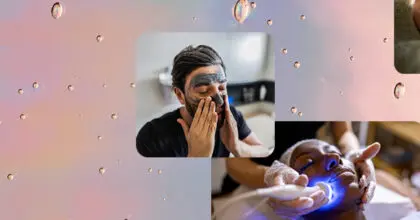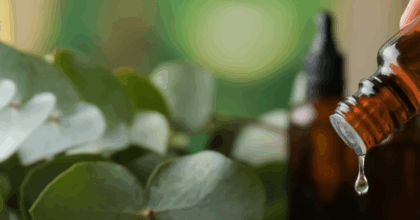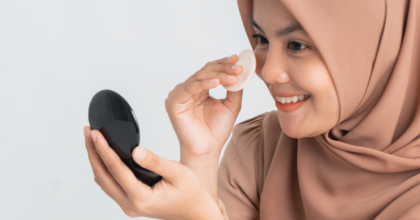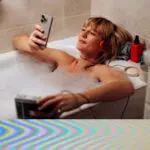It’s a wash-out for fake tan as usage drops to just 13%
Fake tan may be a must on the Strictly dance floor, but new research from Mintel reveals that usage of self-tan products is declining. As Brits forego the bottle for a more natural glow, usage of self-tanning products have witnessed a sharp decline in the past year* with just over one in ten (13%) Brits having used self-tan products, compared to 17% in the previous year.
And it is not just self-tan usage that is declining; over the same time period, usage of gradual tanners has fallen from 15% to 13% in 2015. Meanwhile, in-salon services have taken a tumble too, with usage of a sunbed or tanning salon dropping from 11% to 8%, and the proportion of consumers having a salon spray with tan dipping two percentage-points over the past year to just 7%.
The waning interest in the self-tan category is further highlighted by Mintel’s Global New Products Database (GNPD), which finds that self-tan products accounted for a declining share of suncare launch activity between 2012-15. Less than one quarter (22%) of suncare products launched in the UK in 2015** were self-tanning products, compared to over one third (37%) of launches in 2012.
13% of Brits having used self-tan products, compared to 17% in the previous year
Jack Duckett, Consumer Lifestyles Analyst at Mintel said:
“The popularity of self-tanning products has declined substantially over the past year suggesting that the fashion for artificial tans is waning as people instead embrace a more natural look. This trend was highlighted at London Fashion Week SS16, where a number of shows featured models wearing more natural base make-up with a dewy sheen on natural-looking faces, accompanied with mascara-free eye lashes.”
In terms of region, self-tan is most likely to be used by those in the West Midlands and Inner London, with 18% and 16% of consumers using self-tan in the past year respectively. In contrast, just one in 10 (9%) consumers in the East Midlands and 8% in the South East/East Anglia have used self-tan over the same time frame.
Women (17%) are almost twice as likely as men (9%) to be users of self- tan, while usage falls dramatically with age, declining from over a fifth (21%) of 16-34 year olds to just one in ten (11%) 35-44 year olds.
Mintel research goes on to reveal that despite a decline in usage of self-tan, those Brits who are choosing to apply the product are increasingly trading up to more expensive varieties. Indeed, value sales of self-tan are expected to increase from £62 million in 2014 to £66 million in 2015, partly driven by a rise in unit price. The average price paid per unit is predicted to rise by 1.8% in the year to December 2015 to £7.10 (compared to £6.96 in 2014).
“Although self tan usage continues to decline, the market is projected to enjoy buoyant value sales in 2015 thanks to the launch of a number of more premium variants during the year. A number of self-tan brands have also sought to capitalise on the increasing awareness of sun safety, promoting products as offering a safe tan.” Jack adds.
Whilst sales of self-tan have not been fading, it seems the same cannot be said for sun protection. Sales in this category as expected to fall 6% between December 2014 and December 2015 to reach £152 million.
Although low sunshine levels, special offers and discounting are major contributing factors to this decline, and it seems consumers turning towards more natural tans could be having an effect as well. Of Brits who do not wear sun protection all year round, more than one in five (22%) say this is because they like to be tanned, rising to three in 10 (30%) adults aged 16-24.
Overall, Mintel research found that more than three in five (62%) Brits who’ve used sun protection in the last 12 months only wear it when it’s sunny outside, whilst around one quarter (23%) only wear it when on holiday. Just one in eight (13%) Brits say they wear sun protection all year round, including in winter.
“Usage of suncare products over the last 12 months was predominantly driven by sunny weather or people going on holiday, with a small minority of people unfailingly using sun protection all-year-round. Suncare brands can drive usage frequency by positioning their products as being part of a daily skincare or personal care routine.” Jack concludes.
*year ending August 2015
**January-September 2015
Press review copies of Mintel’s Suncare UK 2015 report and interviews with Consumer Lifestyles Analyst Jack Duckett are available on request from the press office.
For the latest in consumer and industry news, top trends and market perspectives, stay tuned to Mintel News featuring commentary from Mintel’s team of global category analysts.
-
Discover your next big breakthroughGet smart fast with our exclusive market research reports, delivering the latest data, innovation, trends and strategic recommendations....View Reports
-
2026 Global PredictionsOur Predictions go beyond traditional trend analysis. Download to get the predictive intelligence and strategic framework to shape the future of your industry in 2026 and beyond. ...Download now
-
Are you after more tailored solutions to help drive Consumer Demand, Market Expansion or Innovation Strategy?Ask for a customised strategic solution from Mintel Consulting today....Find out more































